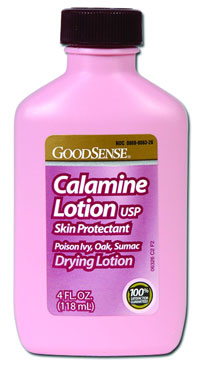

You may also get flea bites on your forearms if you've been stroking or holding your pet. Bullae may also develop.įleas from cats and dogs can often bite below the knee, commonly around the ankles. If you're particularly sensitive to flea bites, they can lead to a condition called papular urticaria, where a number of itchy red lumps form. Fleasįlea bites can be grouped in lines or clusters. Mosquito bites in certain areas of tropical countries can cause malaria. weals – circular, fluid-filled areas surrounding the bite.If you're particularly sensitive to insect bites, you may develop:
#MOSQUITO BITE CREAM SKIN#
Midges, mosquitoes and gnatsīites from midges, mosquitoes and gnats often cause small papules (lumps) to form on your skin that are usually very itchy. Insect bitesĭifferent insect bites can cause different symptoms. Insect bites and stings usually clear up within several hours and can be safely treated at home. The lump may have an inflamed (red and swollen) area around it that may be filled with fluid. It's therefore important to be aware of any risks before travelling to these areas, and to get any necessary medication or vaccinations.Īn insect bite or sting often causes a small lump to develop, which is usually very itchy.Ī small hole, or the sting itself, may also be visible. There's a risk of catching diseases such as malaria from insect bites in certain parts of the world, such as: Read more about preventing insect bites and stings. Don't wave your arms around or swat at them. Try not to panic if you encounter wasps, hornets or bees, and back away slowly. Using insect repellent and keeping your skin covered when outdoors will help you avoid being bitten or stung. You're more likely to be bitten or stung if you work outdoors or regularly take part in outdoor activities, such as camping or hiking. Read more about treating insect bites and stings. If you have a more serious reaction, your GP may prescribe other medication or refer you to an allergy clinic for immunotherapy (desensitisation). If you're in pain or the area is swollen, take painkillers such as paracetamol or ibuprofen.

Try not to scratch the affected area to avoid infection. placing a cold compress (a flannel or cloth soaked in cold water) over the area to reduce swelling.washing the affected area with soap and water.

Read more about the complications of an insect bite or sting. Read more about the symptoms of insect bites and stings. In rare cases, some people can have a serious allergic reaction (anaphylaxis) to a bite or sting that requires immediate medical treatment. The severity of bites and stings varies depending on the type of insect involved and the sensitivity of the person. The affected area will usually remain painful and itchy for a few days. This can be painful, but it's harmless in most cases. The venom from a sting often also causes a swollen, itchy, red mark (a weal) to form on the skin. When an insect bites, it releases saliva that can cause the skin around the bite to become red, swollen and itchy. Most insects sting as a defence by injecting venom into your skin. Insects that sting include bees, wasps and hornets.Īn insect bites you by making a hole in your skin to feed. In the UK, insects that bite include midges, mosquitoes, fleas, bedbugs and, although not strictly insects, spiders, mites and ticks, which are arachnids. However, some stings can be painful and trigger a serious allergic reaction. Insect bites and stings are common and usually only cause minor irritation.


 0 kommentar(er)
0 kommentar(er)
